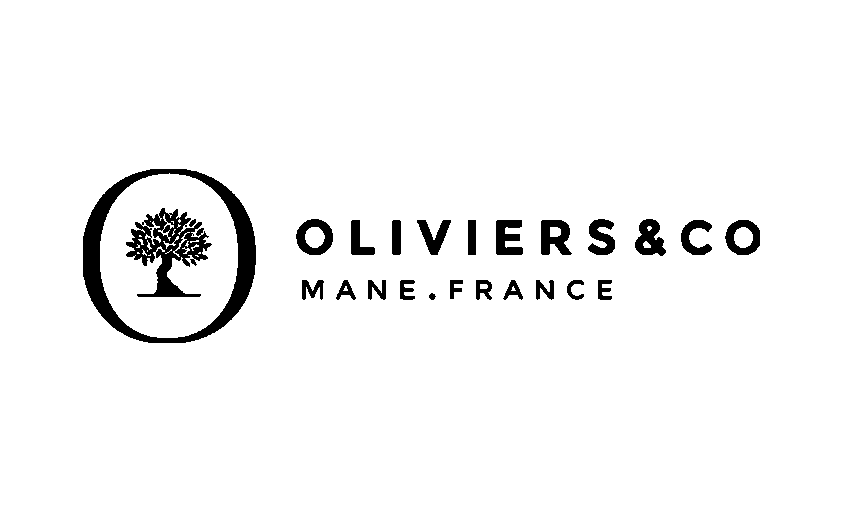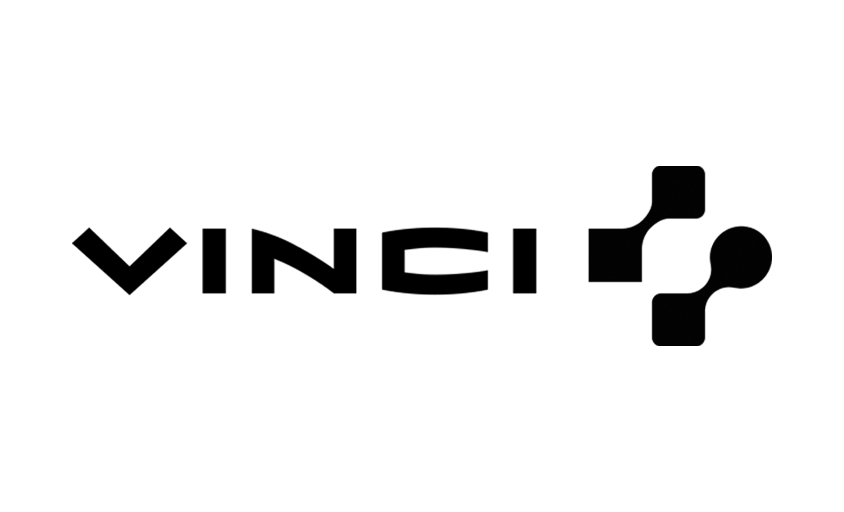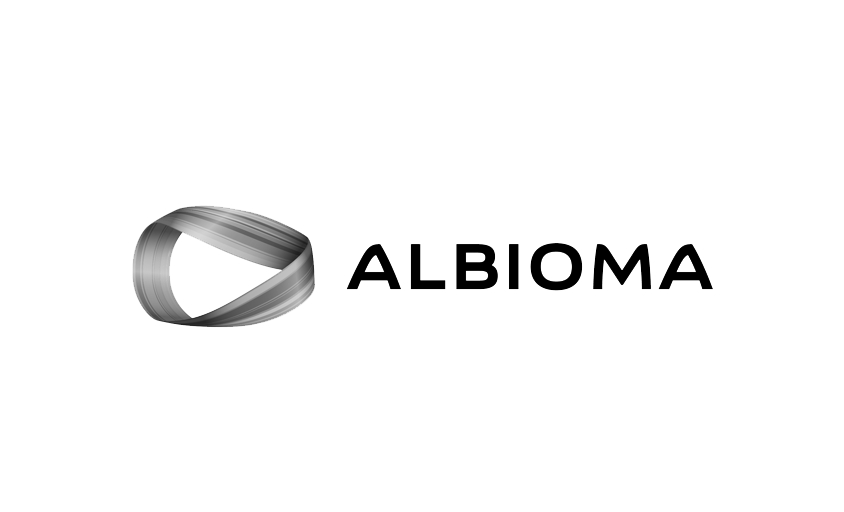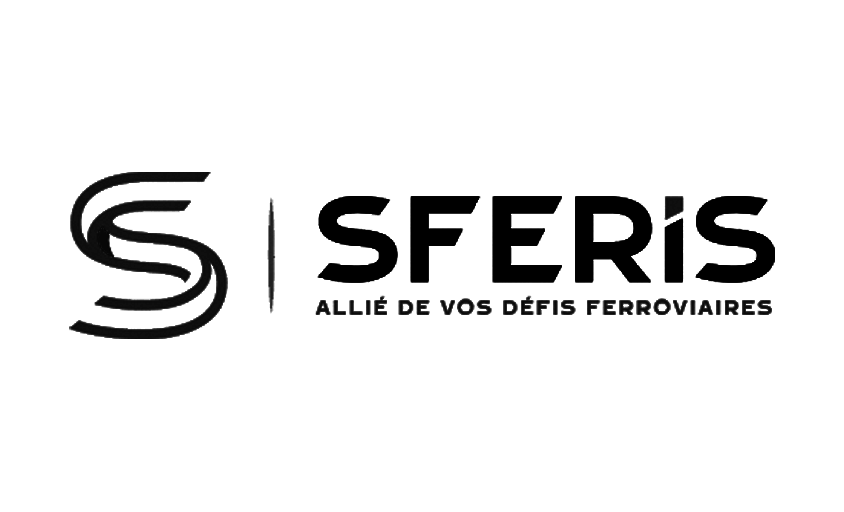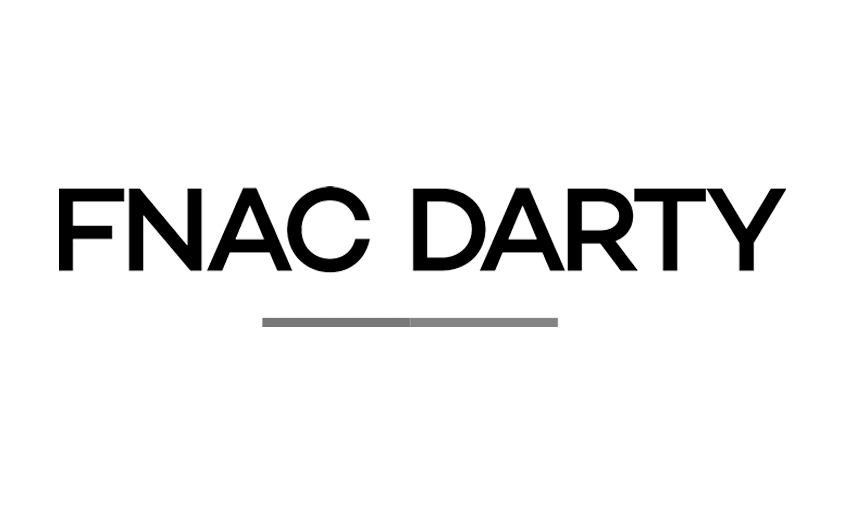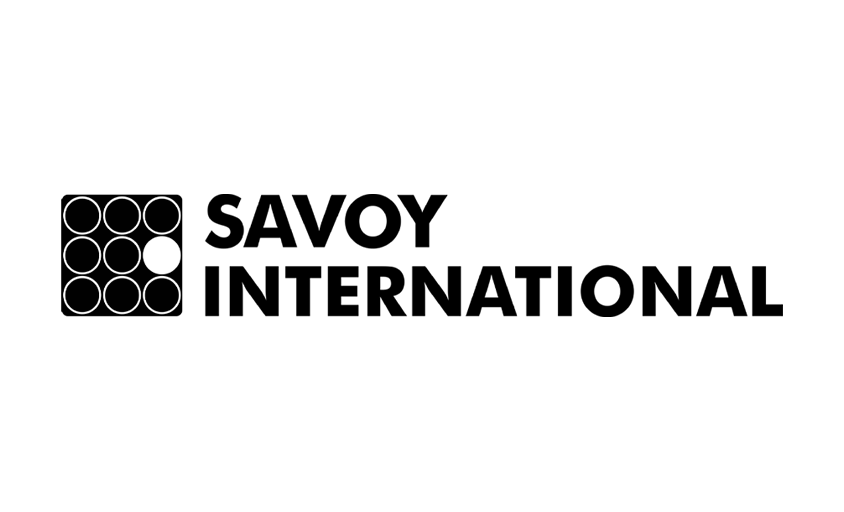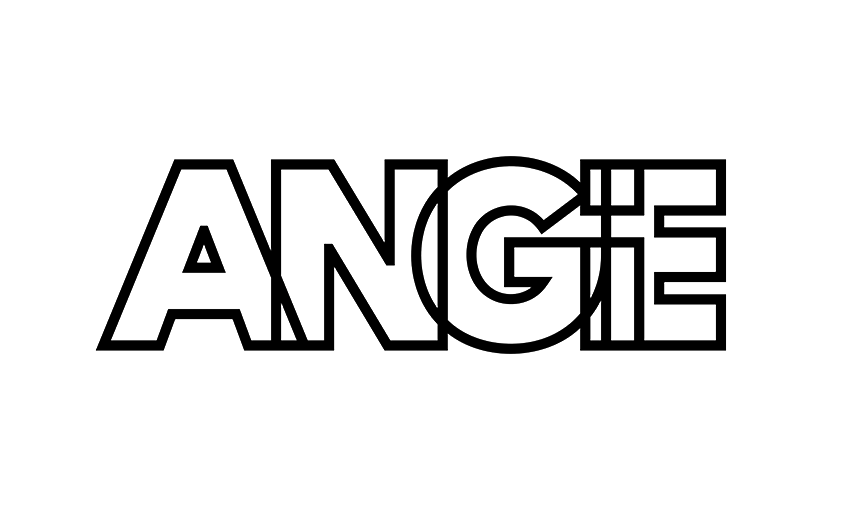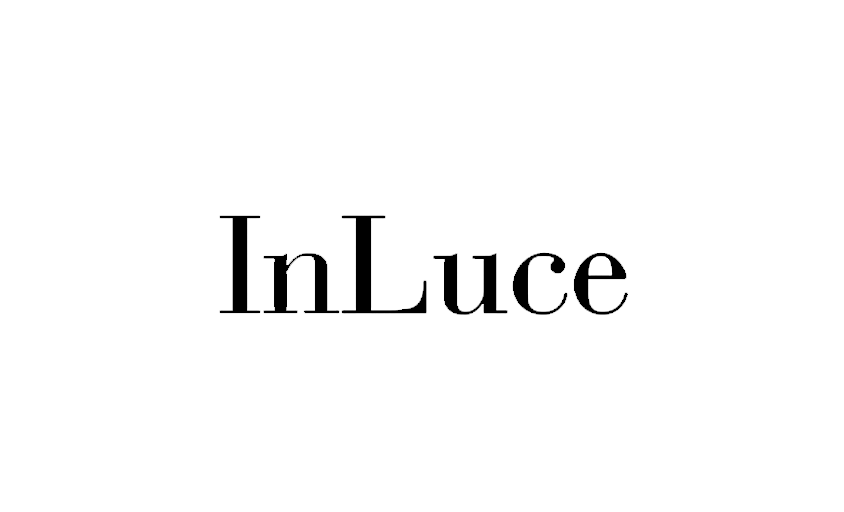What are triadic colors?
In this article :
When working on a creative project, whether in graphic design, photography, or any other field where color plays a key role, color theory becomes an essential tool. One particularly powerful approach for achieving harmonious compositions while maintaining strong visual impact is the use of triadic colors. But what exactly are triadic colors, and how can you use them effectively in your creations? Let’s explore together.
What Are Triadic Colors?
Triadic colors are a combination of three hues evenly spaced around the color wheel. This technique is based on visual harmony, offering a balance between vibrancy and variety while maintaining a coherent color palette. In other words, these colors are 120° apart on the color wheel, forming an equilateral triangle.
A classic example: the three primary colors, red, blue, and yellow, form a perfect triadic combination. But you’re not limited to primary colors. You can experiment with other groups on the color wheel, such as green, orange, and purple, or any other trio that respects this triangular structure.
Advantages of Triadic Colors
- Balance and Contrast: Thanks to their equal spacing, triadic colors offer strong contrast while preserving visual harmony. Each color complements the others, allowing you to create vibrant, dynamic designs without visual chaos.
- Creative Flexibility: One of the main strengths of triadic colors lies in their versatility. You can emphasize one dominant color while using the others as accents, or adopt a more balanced approach by distributing the three evenly.
- Versatile Applications: Whether you’re editing photos, designing logos, or creating websites, triadic colors adapt well to many creative contexts. They draw attention while keeping the composition structured and cohesive.
How to Use Triadic Colors in Photography
In photography, color plays a key role in conveying emotion or a message. Using triadic colors can transform an image by adding depth and energy without sacrificing harmony. Here are a few tips:
- Choose a Dominant Color: In a triadic composition, one color usually takes precedence. For example, in a product photo, red might be used to grab attention, while the other two colors act as complementary accents.
- Work with Tints and Shades: To avoid a look that’s overly saturated or harsh, try using lighter or darker variations of triadic colors. For example, light blue, burgundy, and pale yellow can form a subtle triadic palette that creates a softer mood while maintaining balance.
- Highlight Key Elements: Use triadic colors to emphasize specific elements in the image. You might use the dominant color on a product or subject and the other two to tone the background or supporting details.
Triadic Colors in Graphic Design and Branding
Triadic color schemes are also highly effective in graphic design, especially for logo creation and visual identities. By combining three equally spaced colors, a logo can stand out with a bold palette while remaining visually balanced.
- Visual Contrast in Logos: A triadic logo grabs immediate attention. The natural contrast between the colors makes it easy to design a memorable symbol or graphic. However, avoid overcrowding the design with too many elements or hues, as it could hurt readability.
- Creating a Dynamic Atmosphere: Triadic colors can convey different moods depending on how they’re used. A mix of blue, yellow, and red may feel energetic and bold, while a palette like violet, green, and orange can evoke a more subtle but still engaging vibe.
Popular Triadic Color Examples
- Red, Blue, Yellow: A classic primary color combination, widely used in art and design. It’s striking, youthful, and instantly recognizable.
- Green, Violet, Orange: These complementary hues make for vibrant, eye-catching designs, perfect for artistic or commercial projects. Orange and violet add intensity, while green provides balance.
- Blue, Red, Yellow-Green: A mix of warm and cool tones, this palette is popular in modern and bold compositions. Red and blue offer strong contrast, and the green adds a fresh twist.
Conclusion
Triadic colors are a powerful choice for anyone looking to balance dynamism with harmony in their visual work. Whether in graphic design, photography, or other creative fields, these palettes captivate attention while ensuring visual cohesion. By mastering this approach, you can create designs that are not only visually striking but also emotionally resonant.
Whether you’re working on an artistic project, a marketing campaign, or a visual for your brand, remember: triadic colors might be the key to crafting a truly compelling composition.
Jérémy Carlo is the editorial director at Rétines, where he ensures the consistency and clarity of all content produced by the studio.
Our Clients
Let’s discuss
What we do for you at Rétines
Meticulous work, an organised project and fast delivery. And to achieve this, we mobilise the right resources in our teams at the right time.
01
Pre-production
Artistic and technical direction tailored to the project.
Relevant recommendations on content, form and resources.
02
Photo Shooting
Photos taken by our experienced photographers.
Production that’s controlled, efficient and tailored to the needs of the project, with nothing superfluous.
03
Retouching
Technique
Photographs magnified by our retouching team.
Post-production to meet the commercial challenges of the brief.

